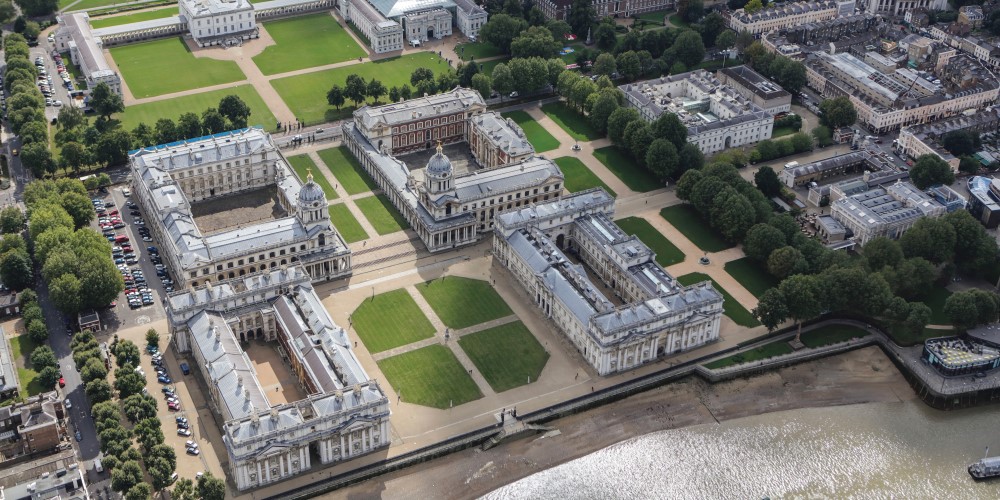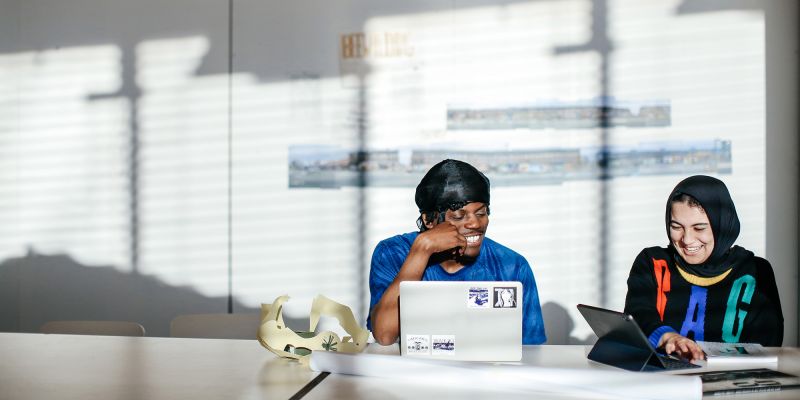How much do you know about the Greenwich Campus’ fascinating history?
READ TIME: 3 minutes
Let’s start this very quick look with the long-gone royal Palace of Placentia, reportedly so named for its location being considered a pleasing place.
The building which became the Palace started life as Bella Court. Built for the Duke of Gloucester in the 1430s, it was a riverside estate beyond the bounds of medieval London. After the Duke’s death, the estate was occupied by Margaret of Anjou (the English Queen) and renamed as the Palace of Placentia.
Under Henry VII, the first of the Tudors, a palace redesign and rebuild had been completed by the early 1500s. Over the years which followed, this key royal residence saw several royal births - Henry VIII and both of his children, Mary I and her cousin, Elizabeth I - and hosted jousting, hunting and even a royal wedding, sixteenth century style!
Fast-forward to the 1600s and the Queen’s House (today within the National Maritime Museum’s site) had been built on the estate. However, after nearly two centuries use, the Palace itself had fallen into disrepair. With the restoration of the monarchy in the 1660s, a grand plan was devised for the construction of a modern Greenwich palace for the new king, Charles II. The site was cleared of some of its original buildings, but only limited work took place and the masterplan was never fully realised.
Around twenty years later, in the 1690s, Mary II (Charles’ niece) gave instructions for the construction of a Royal Hospital for sailors - a home for the retired rather than for the sick. Under the direction of some of England’s greatest architects - Sir Christopher Wren (of St Paul’s Cathedral fame), Sir John Vanbrugh and Nicholas Hawksmoor - the four grand, UNESCO-World-Heritage-recognised, Baroque buildings you see today (shown in the photo to the right) took shape.
The Hospital included living quarters, a chapel and a dining room which is now the celebrated ‘Painted Hall’ where Lord Nelson’s body lay in state after the Battle of Trafalgar. Other facilities included an infirmary (now the University’s Dreadnought Building) and some slightly quirkier ones - a bowling alley and even a brewery!
The Hospital ran until well through the 1800s. Then, in the early 1870s, the site became the Royal Naval College and was used as an officer training establishment until the late 1990s. The University moved onto the site in the early 2000s and occupies a number of the historically significant buildings.
So, next time you’re wandering around campus, whether you’re between lectures, visiting for a University Open Day or looking for that Insta-worthy selfie backdrop, take a moment to imagine it - the people and the sights, the sounds and the smells - as it was in days past.
If you want to find out more about the site the campus occupies, visit the Old Royal Naval College's website.


